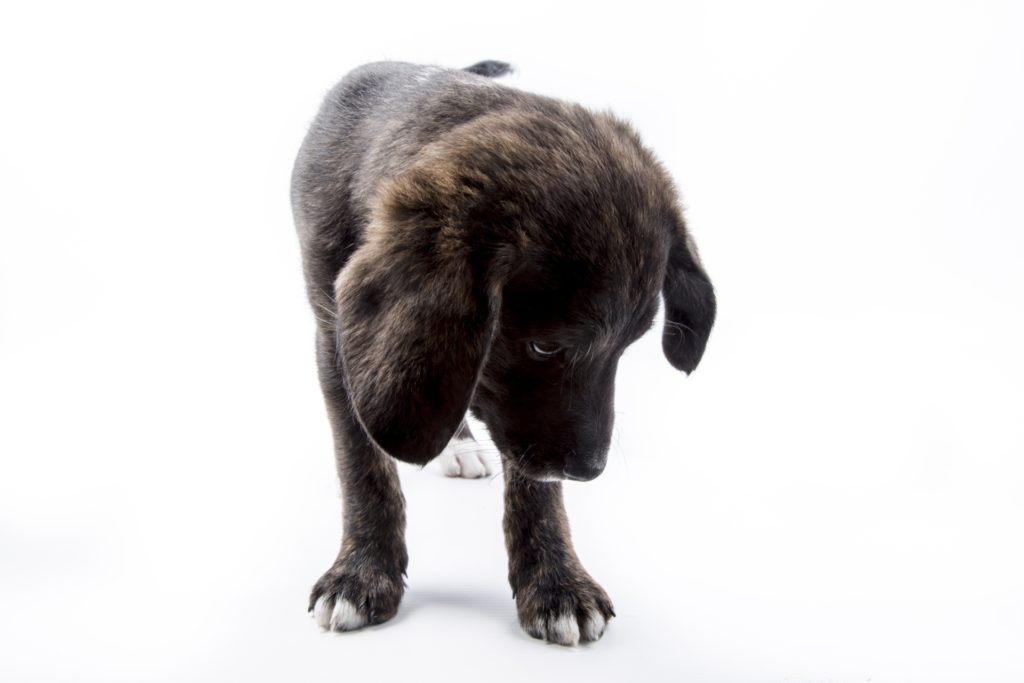
Crate training is a very effective way of house training most puppies.
This idea is based on the fact that dogs instinctively prefer dens for shelter. That is, similar to wolves, dogs will seek shelter in dens, and they instinctively will try to keep these areas clean and dry. Research has shown that wolves will leave the den to urinate and defecate to keep the den clean. Crate training uses this natural concept to teach a puppy that elimination in the house is not appropriate.
The first requirement to crate train is to acquire a “crate” of some sort. A plastic airline kennel, available at most pet stores or Wal-Mart, is ideal. It is easy to clean for the occasional accident, the plastic will not stain easily or retain body fluid smells, and it is light-weight. In addition, the crate can be used for traveling purposes as well. The crate or kennel should be large enough that when the puppy is full-grown, it can be used for traveling or confinement.
The procedure is simple. Whenever direct (visual) observation of the puppy can not be given, the pup should be put in the crate. This includes quick trips to the mailbox, during the night, while at work , etc. This may mean that a significant part of the day could be spent in the crate. Just remember that if left alone, a puppy will usually sleep for 14 – 16 hours per day anyway. The next important step is to always give the puppy an opportunity to go outside immediately after every period of being in the crate. It is also wise to give outside opportunities after meals as well. There is an “entero-colic” reflex that stimulates the colon to contract after enlargement of the stomach, resulting in a bowel movement.
If you will follow these simple procedures and use common sense, you should be well on your way to producing a house-trained pooch. Also, remember that after accidents occur, the area should be deodorized thoroughly. If ANY smell remains, the soiled area may become a favorite spot for future accidents.

